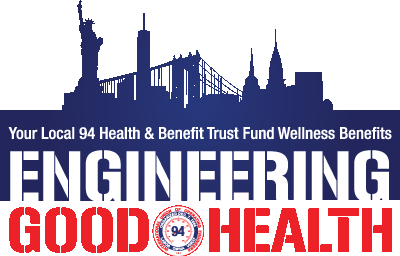Beating the Heat During National Parks and Recreation Month
July is National Parks and Recreation Month, and as you spend time outdoors exploring the many wilderness reserves around the country or in your own backyard, it’s important to take steps to minimize the risk of heat-related illnesses.
The standard internal temperature of the human body is 98.6 degrees. If we get too hot or too cold, our body begins to shut down. One way that we lower our internal temperature naturally is by sweating—when sweat evaporates, it leaves skin feeling cool. Though sweating may often not be enough to keep cool in high temperatures. If body temperature rises significantly without having a way to cool down, heat illnesses can develop.
Heat illnesses occur most often during the summer, when the weather is warmer and people are outdoors longer. When the heat index (how hot it feels due to temperature and humidity levels) outside is above 90 degrees Fahrenheit, the chances of heat illnesses increase.
- Heat Rash. Occurs when sweat ducts are blocked and sweat gets trapped under the skin, which is more likely to happen where skin doesn’t have room to breathe. Wearing too-tight clothing or skimping on hygiene in naturally closed-off areas of the body (like armpits) can lead to heat rash. Symptoms include blisters, bumps, or itchiness.
- Heat Cramps. Involuntary or irregular muscle spasms can happen during or after intense physical activity in hot environments. Heat cramps usually affect larger muscles, like those in the arms, legs and abdomen. When we sweat, the body loses nutrients like sodium and potassium that keep muscles working properly. Without proper hydration, the muscles can’t function and heat cramps occur.
- Heat Exhaustion. When the body is unable to maintain a normal temperature, it overheats. Profuse sweating and increased pulse are almost always present with heat exhaustion. Other symptoms include cool skin, dizziness, fatigue, low blood pressure, muscle or heat cramps, nausea and headache.
- Heat Stroke. If the body completely fails to regulate its response to heat, temperature can rise to dangerous levels. Extreme heat or dehydration can cause heat stroke. Symptoms often mimic those of a heart attack and include high body temperature, inability to sweat, a rapid pulse, difficulty breathing, hallucinations and seizures. If you or someone around you is experiencing these symptoms, seek emergency medical attention immediately.
How to Stay Safe in the Heat
Heat illnesses can affect anyone, but young children, individuals over 65 and people who are overweight or have chronic illnesses are at an increased risk. Take the following precautions to keep you and your family safe this summer:
- Stay hydrated by drinking lots of fluids regularly. Avoid sugary and alcoholic drinks—these can contribute to dehydration. Instead, try drinking coconut or watermelon water—these will help you hydrate and replenish any minerals you’ve lost through sweat.
- Wear loose, lightweight clothing to help keep your body cool and better regulate temperature. During hotter months, avoid wearing darker colors, as they absorb more heat from the sun—unless the material is breathable and specially made to protect against UV rays, in which case the darker the better.
- Protect yourself from sunburn by applying sunscreen, wearing hats and sunglasses, and limiting direct exposure to the sun. Sunburns make it difficult for the body to maintain a normal temperature.
- Know which medications can affect your ability to remain hydrated and regulate body heat. If you are taking prescription drugs that make it difficult to be out in the sun, consult with your doctor on taking extra precautions in the heat.
How the Local 94 Health and Benefit Trust Fund Can Help
The Health and Benefit Trust Fund’s medical benefits cover urgent care and physician office visits if you need them.
FAQs
Why am I getting a W2 from the Health Fund?
The Sick Fund is part of the Health Fund. Members should receive a W2 for Sick Fund benefits received and/or Loss of Time Benefits from the Health Fund. These benefits must be claimed on your income tax return.



